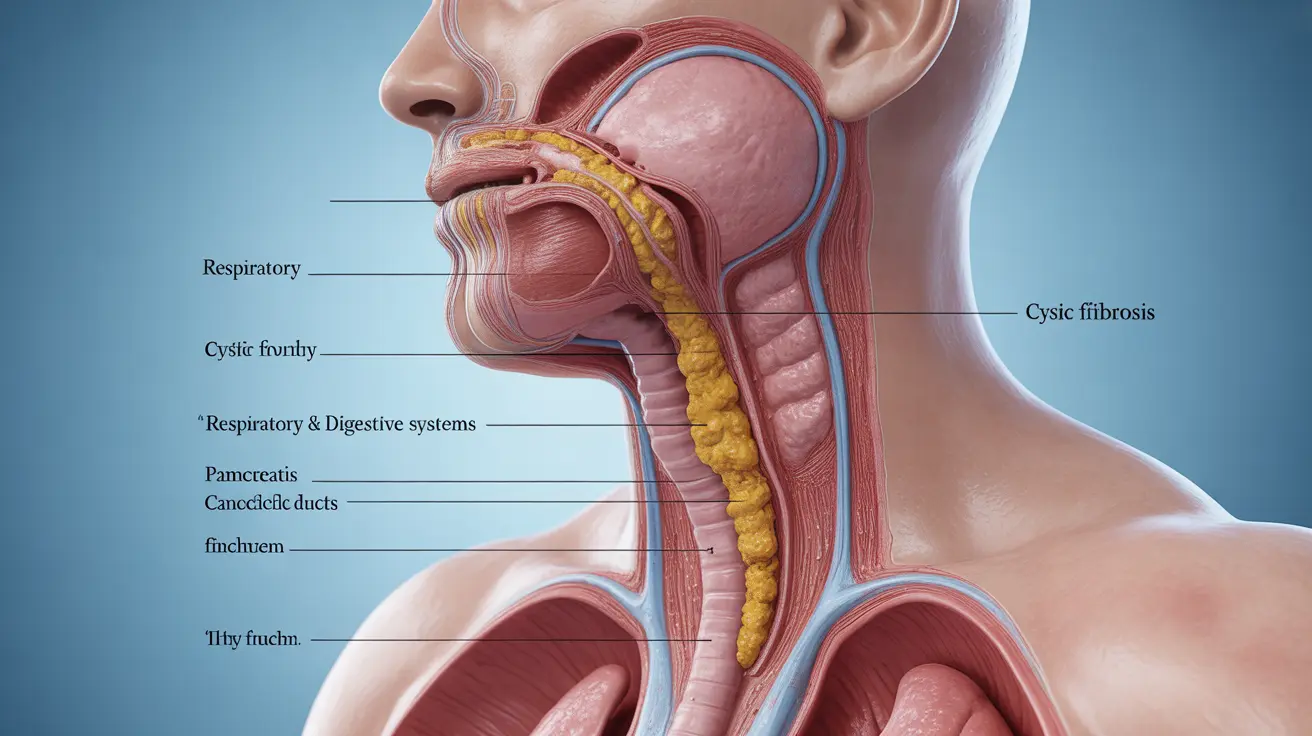Cooking sausage links to the proper internal temperature is crucial for both food safety and optimal flavor. Whether you're preparing breakfast sausages or Italian links, understanding the correct cooking temperature ensures your meal is both delicious and safe to consume.
This comprehensive guide will walk you through everything you need to know about achieving the perfect internal temperature for sausage links, including various cooking methods and safety considerations.
Understanding Safe Internal Temperatures
The safe internal temperature for sausage links varies depending on the type of meat used:
- Pork sausages: 160°F (71°C)
- Chicken or turkey sausages: 165°F (74°C)
- Beef sausages: 160°F (71°C)
These temperatures ensure that harmful bacteria are eliminated while maintaining the sausage's juiciness and flavor. Always use a reliable meat thermometer to check the temperature at the thickest part of the sausage.
Best Cooking Methods for Even Results
Pan-Frying Technique
Pan-frying is one of the most common methods for cooking sausage links:
- Preheat the pan over medium heat
- Add a small amount of oil or water
- Cook for 12-15 minutes, turning frequently
- Use tongs to avoid piercing the casing
Oven-Baking Method
Baking offers consistent results and requires less attention:
- Preheat oven to 375°F (190°C)
- Place sausages on a baking sheet
- Cook for 25-30 minutes
- Turn halfway through cooking
Boiling and Grilling Combination
This two-step method ensures even cooking and prevents burning:
- Parboil sausages for 10-15 minutes
- Finish on the grill or in a pan for browning
- Monitor internal temperature throughout
Avoiding Common Cooking Mistakes
Several pitfalls can affect the quality and safety of your cooked sausages:
- Cooking at too high temperature
- Not using a meat thermometer
- Piercing the casing unnecessarily
- Failing to let sausages rest after cooking
Frequently Asked Questions
What is the safe internal temperature for cooking sausage links?
The safe internal temperature is 160°F (71°C) for pork and beef sausages, and 165°F (74°C) for poultry sausages. Always use a meat thermometer to verify.
How do I ensure sausages are cooked evenly without burning the outside?
Use medium heat and turn sausages frequently. Consider parboiling before finishing in a pan or on the grill. Avoid piercing the casing to retain juices.
Are pink sausages safe to eat, or should they always be fully browned?
The color isn't a reliable indicator of doneness. Some sausages may remain slightly pink even when fully cooked. Always verify the internal temperature with a meat thermometer.
What are the health risks of undercooking sausages, and how can I prevent them?
Undercooked sausages can harbor harmful bacteria like Salmonella and E. coli. Prevent this by always cooking to the recommended internal temperature and using a meat thermometer.
Can I use alternative methods, such as boiling or baking, to achieve the right internal temperature for sausages?
Yes, both boiling and baking are effective methods. Boiling provides even cooking, while baking offers consistent results. You can also combine methods, such as parboiling followed by grilling or pan-frying.
Remember to always verify the internal temperature regardless of your chosen cooking method, and let the sausages rest for a few minutes before serving to ensure the juices redistribute properly.




